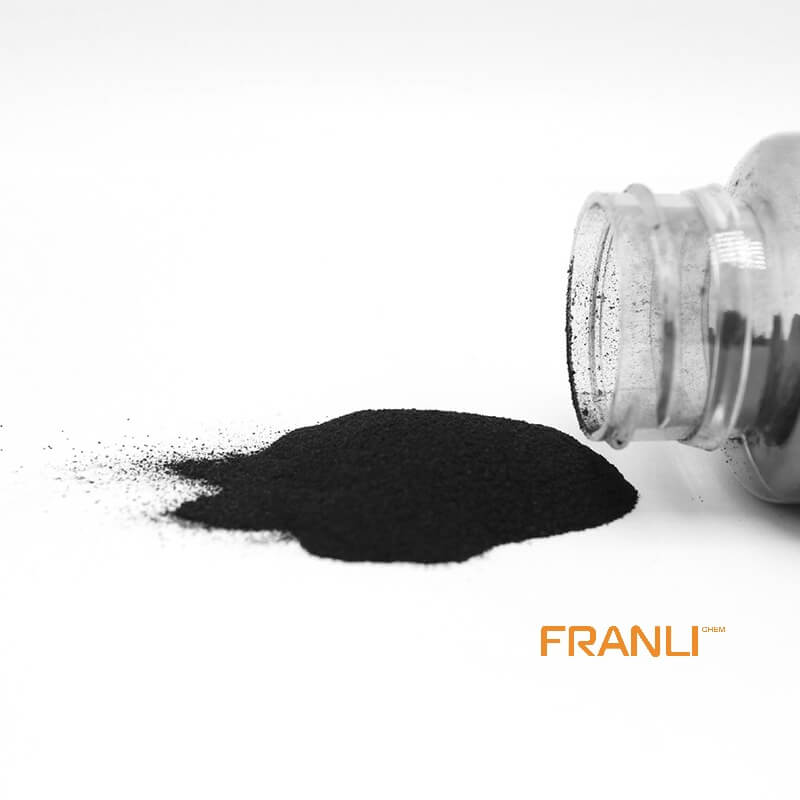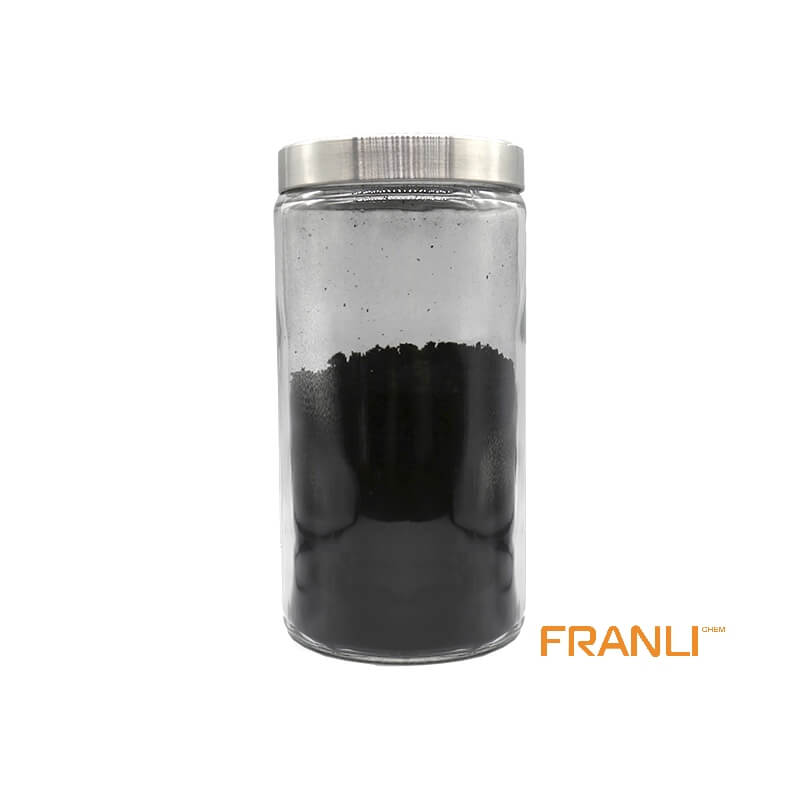

Graphene
Size
1-2nm thick x 0.5-5microns wide
Package
According to customer requirements
Features
High strength, high electrical conductivity, etc.
Application
Can be used as filler(between 0.01% and 5%).
Graphene, as the thinnest, toughest and best conductive nano material found at present. It is a two-dimensional crystal composed of carbon atoms stripped from graphite material with only one layer of atom thickness. Known as “black gold”, it is “the king of new materials”. Scientists even predicted that graphene “will completely change the 21st century”.
Request a quoteIn recent years, graphene has been “very popular”. The properties of many materials have been improved after graphene modification. Why is graphene so “powerful”? Today, let’s lead you to uncover the mystery of graphene and learn about its performance characteristics of graphene.

Graphene is a general term for two-dimensional carbon materials. According to the number of layers of hexagonal honeycomb structure, graphene is divided into single-layer graphene, double-layer graphene, few-layer graphene (3 ~ 10 layers), and multi-layer or thick layer graphene (thickness above 10 layers and below 10 nm). The thickness of single-layer graphene is 0.35 nm, which is the lightest and thinnest material known at present. The structure of graphene has to start with the graphite structure. Graphite is a molecular crystal combined with van der Waals force, which has a three-dimensional layered structure. Because the carbon-carbon bond on the same plane layer is very strong and difficult to break, graphite has a high melting point and stable chemical properties, and has excellent properties in mechanics, electricity, optics, heat, and so on.
In terms of mechanical properties:in graphene, the connection between carbon atoms is in a very flexible state. When an external mechanical force is applied, the surface of carbon atoms will bend and deform. Carbon atoms do not have to rearrange to adapt to the external force, so the structure is stable. Graphene is the strongest material known to mankind, more than 100 times higher than the strongest steel in the world.
In terms of electrical properties: Graphene has ultra-high electron mobility, and its conductivity is much higher than that of any high-temperature superconducting material at present. The team at the University of Manchester measured the electron mobility of graphene monolayers at room temperature and found that even in graphene with impurities, the charge mobility could reach 10000 m2/ (V.s). In 2008, the Heim team proved that the mobility of electrons in graphene can reach an unprecedented 200000 m2 / (v.s). Soon after, K. Bolotin of Columbia University raised this value to 250000 m2 / (v.s) again. Moreover, the electron mobility of monocrystalline silicon, the main material of the front transistor, is only 1400m2 / (v.s), and the electron mobility of high-purity graphene is more than 150 times higher than that of monocrystalline silicon. In addition, the electron mobility of graphene hardly changes with temperature.

In terms of optical characteristics: Graphene is almost completely transparent, only absorbs about 2.3% of visible light, and the transmittance is as high as 97.7%. The light absorption of the graphene layer is proportional to the number of layers. Each layer in several layers of graphene samples can be regarded as a two-dimensional electron gas, which is subject to minimal disturbance from the near layer. It is optically equivalent to the superposition of almost noninteracting single-layer graphene (SLG). The absorption spectrum of monolayer graphene is flat between 300 ~ and 2500 nm, and there is an absorption peak in the ultraviolet region, which is due to the van Hoff singularity of exciton movement in the density of states of graphene. In several layers of graphene, the low-energy region has other absorption characteristics related to the interband transition.
In terms of thermal properties, Graphene is also a heat-stable material. The thermal conductivity of graphene is as high as 5300 w / (m.k), which is 13 times higher than that of copper. It is found that the thermal conductivity of single-layer graphene is closely related to the lamellar broadband, defect density, and edge roughness; The graphene sheet has the characteristics of each conductivity along the plane direction; Above room temperature, the thermal conductivity of graphene decreases with the increase of temperature.



